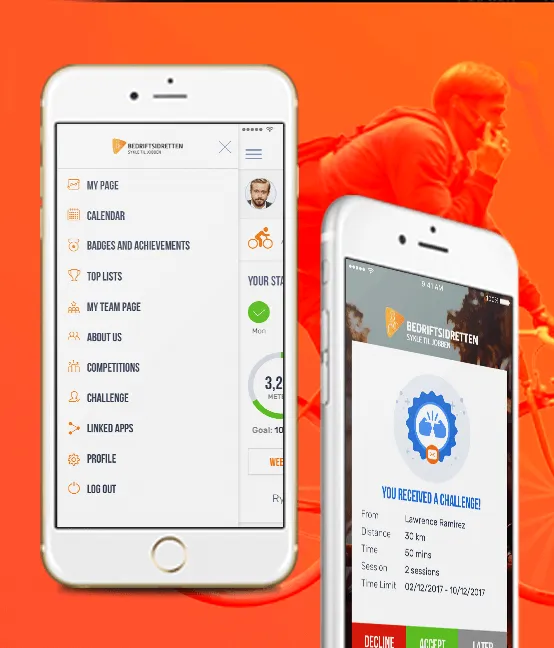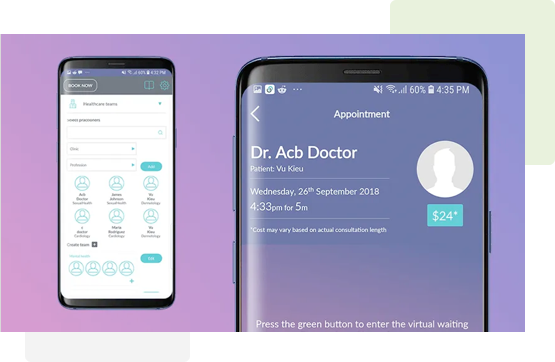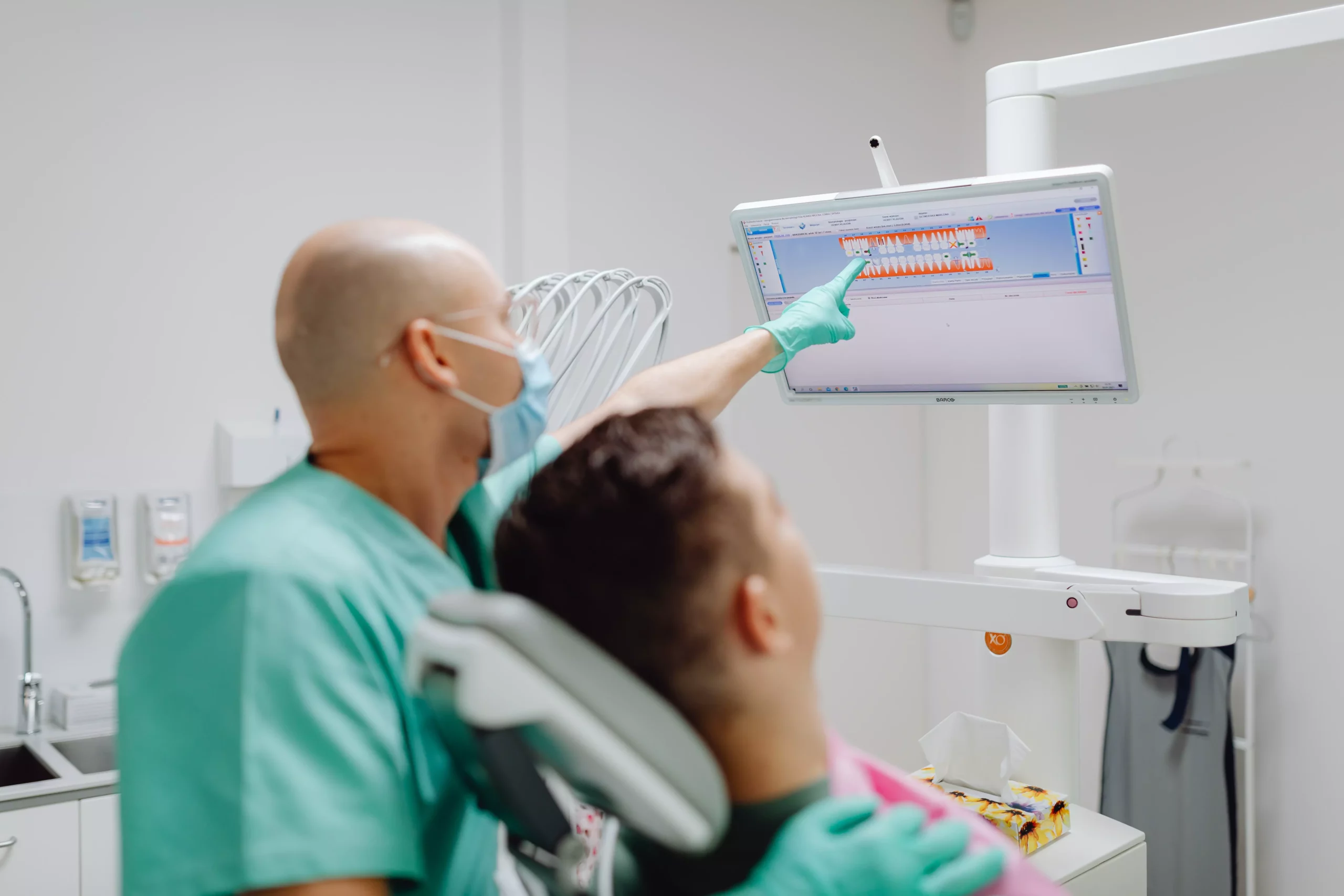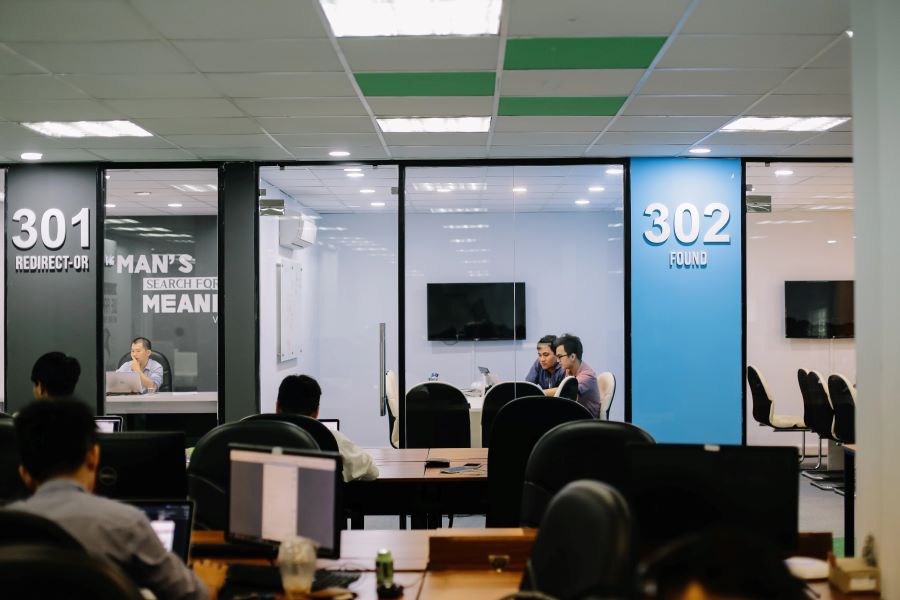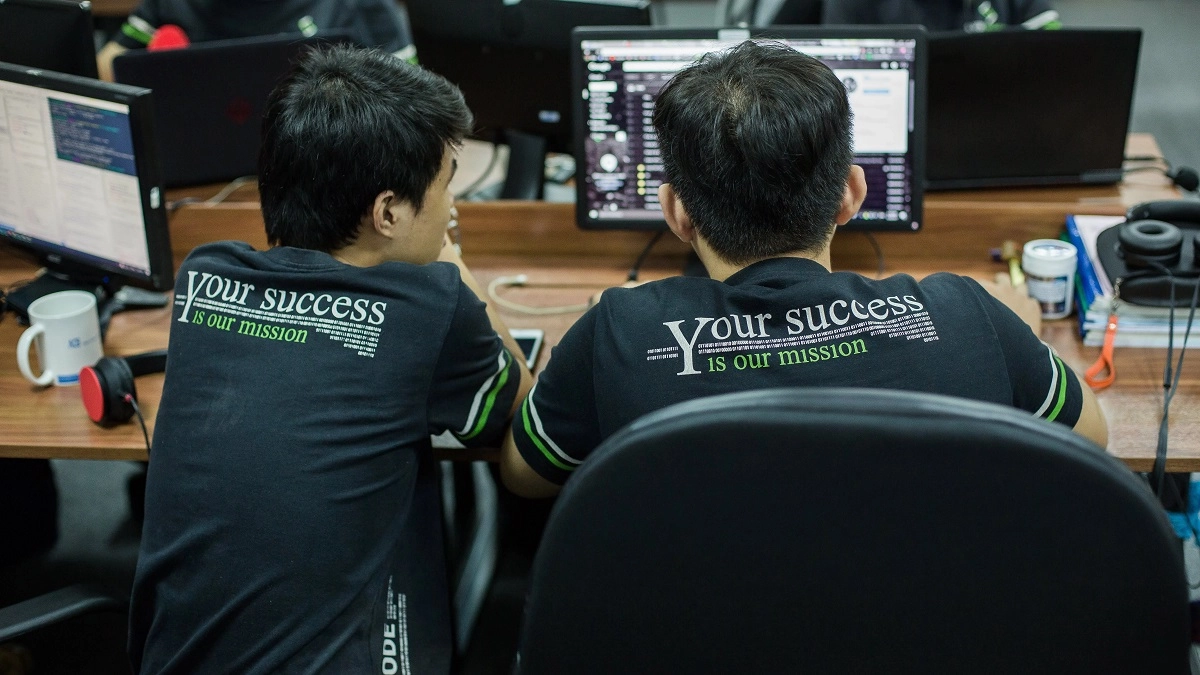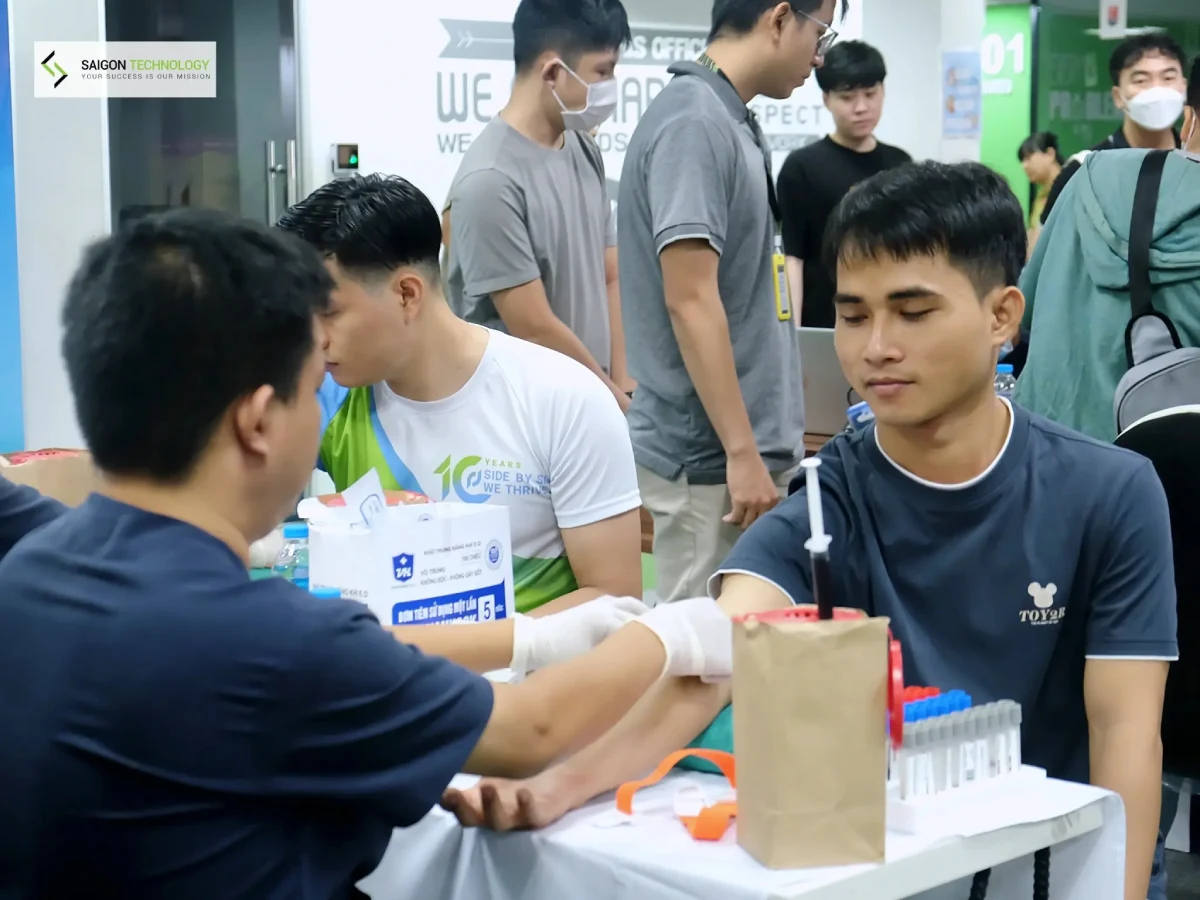- OVERVIEW
- SERVICES
- MODELS
- WHY CHOOSE US?
- OUR PROCESS
- TECHNOLOGIES
- FAQS
Our Clients
1. Hospitals & Healthcare Providers
Hospitals and clinics need our HIPAA-compliant software to make their workflows simpler. They love custom healthcare software development to unify patient data and improve care delivery.
We offer many solutions, such as EHR/EMR systems, telehealth, and hospital management platforms. With our help, you can ensure faster diagnoses with better clinical outcomes.
2. Digital Health Startups
Digital health startups really want compliant, investor-ready products, so they find us. We provide MVP prototyping and full-scale builds, offering startups a wide range of choices. Our team delivers healthcare software development solutions with agile development and regulatory guidance.
We also try to speed up timelines and reduce technical risks. Choose us, and you will have the software that grows with your business.
3. Payers & Insurance Companies
Payers and insurance companies automate claims and detect fraud. Member engagement is also part of their job. In this case, our solutions work well with your existing systems to drive operational efficiency.
At the same time, we use healthcare automation to cut costs and time. The ultimate goal is to improve digital experiences across both web and mobile.
Our High-Value Healthcare Software Development Solutions
Teleconsultation & Virtual Clinics
Health Screening & Lab Integration
Electronic Health Record (EHR) Integration
Remote Patient Monitoring
Elderly Care Platforms
Mobile Health Super Apps
Real-World Case Studies
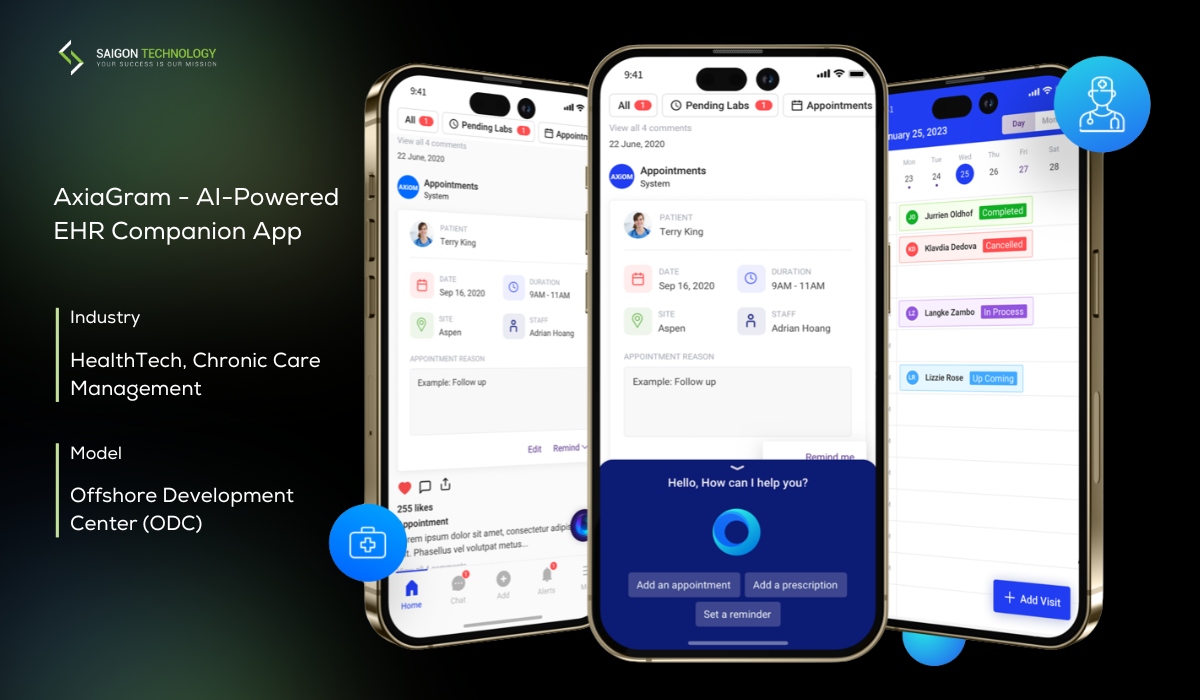
AxiaGram - AI-Powered EHR Companion App
- Client Type: Clinics and hospitals
- Project Summary: AxiaGram is a HIPAA-compliant telemedicine platform that makes remote consultations simpler for US physicians and care teams. The integrated EHR boosts their efficiency and then improves patient outcomes.
- Challenges: There were over 6 million medical records to deal with. The client also asked for a precise and secure system while ensuring smooth real-time video streaming and casting.
- Solutions: Saigon Technology worked on secure login to ensure safe connections between patients and doctors. AI helped us with the voice-controlled note-taking feature. We also used EVV with geo-tagging and a digital signature for better care tracking.
- Compliance: Our system complied with HIPAA standards and ensured data privacy rights in the US. AES-encrypted data in MySQL kept sensitive data secure while accessible.
- Impact: We cut the development time by 40% without ruining the quality. Our expertise and professionalism built a strong partnership with $70K monthly invoicing. The solution we developed also contributed to better patient care thanks to improved communication.
- Read the full case study (PDF)
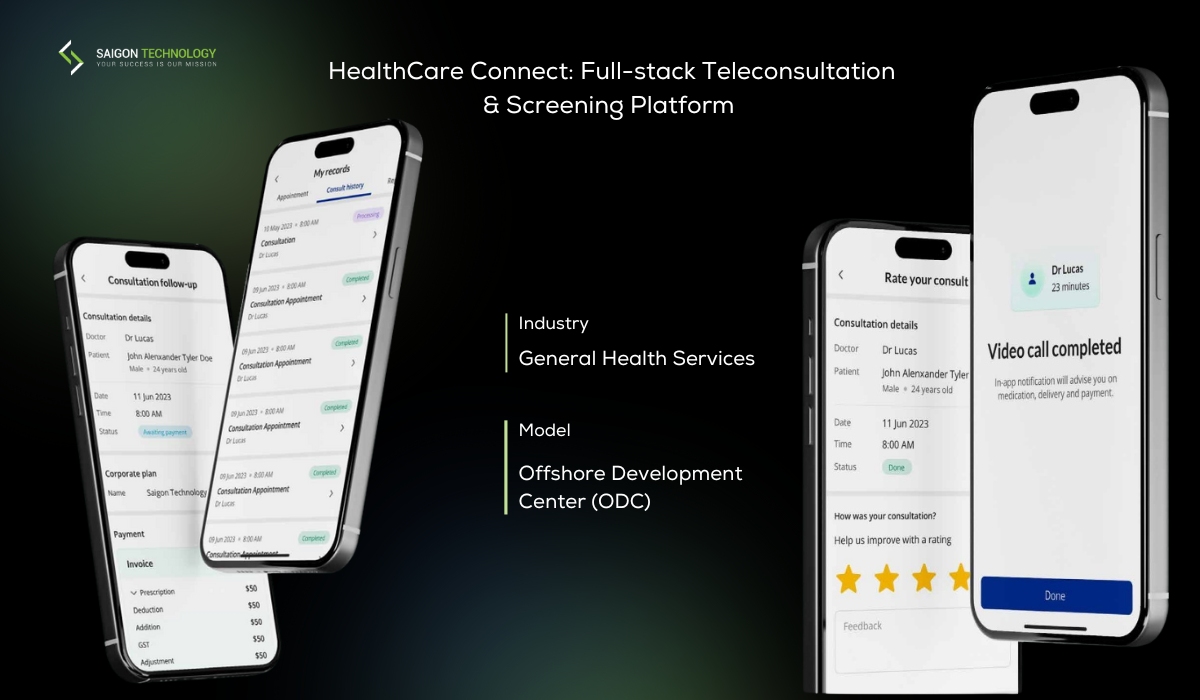
HealthCare Connect: Full-stack Teleconsultation & Screening Platform
- Client Type: Clinics
- Project Summary: This platform helps patients book health screenings and attend teleconsultations. Users can also review lab reports and manage follow-ups. Right on the platform, patients, doctors, labs, and delivery services gather for better care delivery.
- Challenges: The client wanted us to ensure real-time data exchange with the lab system and also asked for complex HL7 integration. Moreover, we had to build reliable multi-channel alerting to flag abnormal results immediately.
- Solutions: We created the screening booking feature so that patients could easily book their screenings online. These features allowed them to complete surveys and submit consent forms. To enable quick check-ins at clinics, we developed QR code check-in and payment reconciliation. The teleconsultation flow supported real-time video and chat consultations as well. HL7 integration was complex, but it automated the connection to systems. Creating PDF reports was much simpler then. Last but not least, we maintained continuous feature releases under the Agile delivery model.
- Compliance: The patient data privacy followed HIPAA and PDPA regulations. Furthermore, we secured all the consultations and health records through end-to-end encryption. Stripe helped us handle payment processing more securely.
- Impact: The platform assisted more than 50,000 patient interactions each month. Automated reminders helped reduce missed follow-ups. Ultimately, clinics could keep healthcare continuous and patients engaged.
- Read the full case study (PDF)
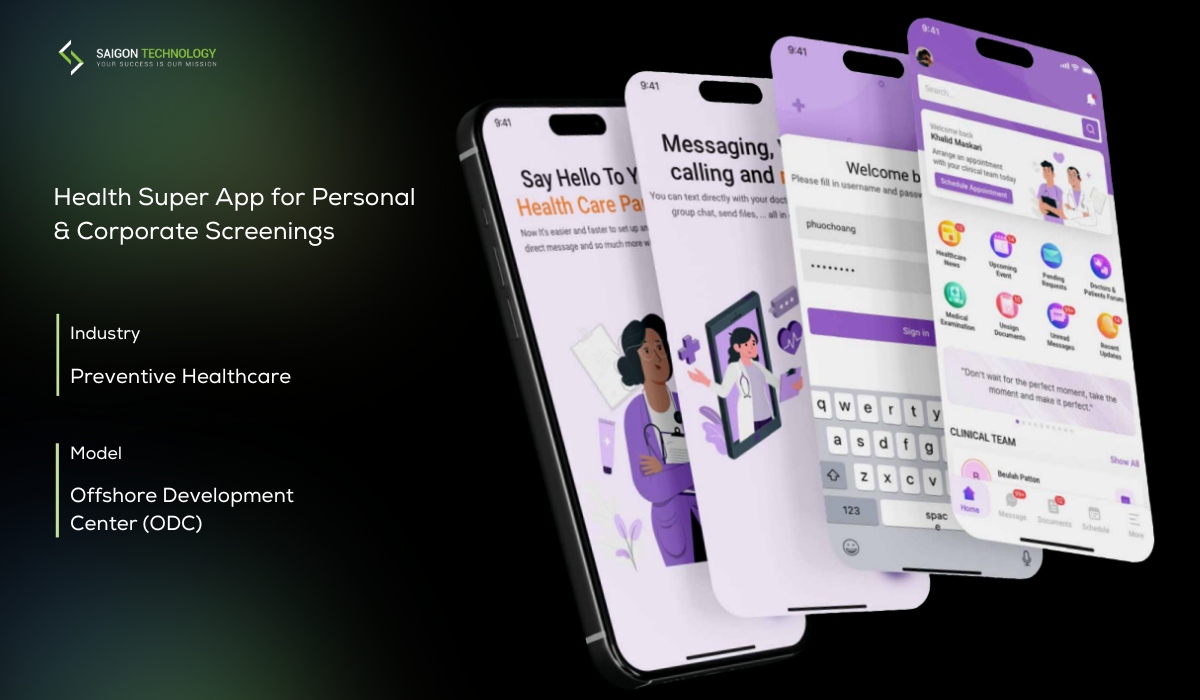
Health Super App for Personal & Corporate Screenings
- Client Type: Clinics and businesses
- Project Summary: As an all-in-one mobile platform, Health Super App helps users book health screenings. After the checkups, they manage results and track follow-ups. Right here, they can ask for different types of screenings, such as home-based, executive, or in a clinic.
- Challenges: This custom healthcare software development was complex because we had to handle different workflows for corporate and personal users. The client also needed support to edit, cancel, and reschedule the appointments. Moreover, the pricing and refund processes must follow when the screenings change.
- Solutions: For corporate screening, we made sure employees could book screenings with a company code. For personal users, we had screenings for various options. Users could even add optional tests. Moreover, the app allowed them to check in using QR codes. They could also complete lifestyle surveys quickly. Bookings were easy to follow, even with pending radiology tests, procedures, and vaccinations.
- Compliance: For healthcare software solutions, we complied with data protection laws, including PDPA. In addition, our team used AES256 encryption to protect health records. Stripe integration made payments secure.
- Impact: The app has thousands of users every month. Check-in processes become faster for both patients and providers. Medical records remain in one place, making it easier for care coordination.
- Read the full case study (PDF)
Other Healthcare Software Development Case Studies
Get the 2025 AI Integration Pitch Deck for Healthcare

Why Choose Saigon Technology?
 13+ Years of Experience in Healthcare IT
13+ Years of Experience in Healthcare IT
Saigon Technology has worked in the custom healthcare software development field for over a decade. With such experience, we can tailor our solutions with a high level of security and interoperability.
Plus, we know the regulations in the US, AU, EU, and Singapore. Our clients also love how we follow Agile delivery methods to handle their project risks. This way, we can deliver value faster and remain flexible with your growing needs.
 HIPAA & HITECH-Compliant Healthcare Standards
HIPAA & HITECH-Compliant Healthcare Standards
We aim for the best. Thus, our healthcare software meets the highest global standards, like HIPAA, HITECH, PDPA (Singapore), and GDPR (EU). At Saigon Technology, we handle your data securely. We also ensure audit readiness and interoperability aligned with regulatory frameworks like the 21st Century Cures Act, CMS, and ONC.
Moreover, every system we build has encryption, access control, and traceability by design. Hence, healthcare providers can minimize compliance risks.
 HL7 and FHIR-Driven System Integration Solutions
HL7 and FHIR-Driven System Integration Solutions
You can get end-to-end interoperability here. We use HL7 v2.x and FHIR for integrations to connect with national platforms like Singapore's NHIC/SHINe+ and the U.S. CMS/ONC ecosystems. In addition, our expertise covers DICOM for radiology images. We even handle lab results using LOINC/CPT mapping.
What's more, our experts deploy secure API gateways with rate limiting and throttling (Kong and Apigee). Together, these methods lead to a powerful and scalable healthcare app. We maintain data integrity across complex healthcare networks as well.
 Top-Tier Security with AES-256 Encryption
Top-Tier Security with AES-256 Encryption
We put strong security in place for your business. You can access top-level encryption like AES-256 and the Zero Trust system. Tools like HashiCorp Vault and AWS KMS also help us with our data privacy and security mechanisms. All of them keep every part of your healthcare system safe against unauthorized access.
 Secure Access with OAuth 2.1 and SSO
Secure Access with OAuth 2.1 and SSO
We use OAuth 2.1, Single Sign-On (SSO), and Multi-Factor Authentication (MFA) to manage access. This way, only verified people can see sensitive healthcare data. Our healthcare software development also includes special access rules for nurses, doctors, and staff. The role-based permissions ensure everyone only sees what they need to. This measure keeps us compliant with HIPAA and HITECH laws.
 Transparent Accountability
Transparent Accountability
Choosing our custom healthcare software development services, you can see how audit trails and role-based access controls work. In this manner, MOH-licensed clinics and insurers fully see all data activity. Hence, they can track every action. This solution makes operations transparent. You also ensure regulatory compliance.
 IoT, RPM and Connected Health Solutions
IoT, RPM and Connected Health Solutions
We build IoT-enabled Remote Patient Monitoring (RPM) and connected health platforms. Our solutions work well with FDA-approved and IMDA-registered BLE devices. You can also connect them easily with Omron, Withings, Apple Watch, and Fitbit.
The system helps you collect accurate health data right away. It syncs smoothly with Apple HealthKit, Google Fit, and Samsung Health to give patients and doctors helpful information. The best thing is that each solution follows new standards like FHIR-over-BLE. Such a perfect choice for nursing homes, telehealth, and home care!
 AI and Predictive Health
AI and Predictive Health
Here comes the era of AI! Our AI and predictive health solutions have Voice AI features like Whisper and Google Healthcare Speech to help you with note-taking. TensorFlow/PyTorch models are for predictive medicine solutions, like chronic disease prediction.
We use NLP chatbots, too, like Rasa, Azure Bot, and Dialogflow. These tools assist with patient triage and mental health support. Plus, we employ synthetic data to test models, ensuring PHI protection and compliance with regulations.
 Billing, Payments, and Notifications
Billing, Payments, and Notifications
Billing is another important matter that a medical software company should care about. Our patient-friendly and compliant solutions support Stripe for seamless and secure US payments. For local markets, we use PayNow, NETS, or MoMo.
Moreover, we send real-time alerts and care updates using Twilio, WhatsApp, and Gov.sg APIs to keep patients updated on their bills and appointments. WebRTC, Agora, and Vonage are our favorite tools, too, as they ensure clear video and chat. Telehealth communication has now become easier than ever.
 Vietnam's Top 1% Talent, U.S.-Grade Quality, Better Cost Control
Vietnam's Top 1% Talent, U.S.-Grade Quality, Better Cost Control
Partnering with Saigon Technology means you access the 1% software engineering talent. Our Vietnam-based team delivers first-rate custom healthcare software development solutions at more competitive rates than those in the US and Europe.
Moreover, we have three development centers here. Thus, you will have scalable teams, strong work rules, and consistent quality. At the same time, you still meet strict US healthcare standards. Our high skill levels ensure security and compliance standards as well.
 ISO 27001 & ISO 9001 Certified for Security and Quality
ISO 27001 & ISO 9001 Certified for Security and Quality
Cybersecurity experts have ISO certifications from BSI (UK). So, don't worry about security and quality. We protect your data with strict NDAs. Moreover, your custom healthcare software development project runs smoothly thanks to controlled access and secure practices. In the end, your IP, patient data, and proprietary algorithms are always safe.
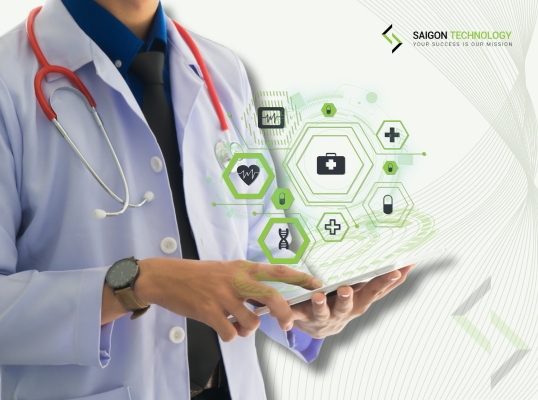


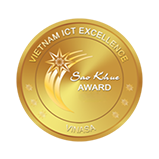
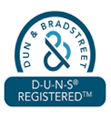

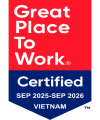

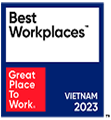

Trusted by Global Companies
Client Feedback and Testimonials
End-to-End Healthcare Software Development Services
Custom Healthcare Software Development
System Integration & Interoperability
Healthcare Data Platforms & Analytics
mHealth and Connected Device Software
Regulatory, Security, and Quality Engineering
Modernization, Cloud Migration & Ongoing Support
Next-Generation Technologies for Healthcare Software Development
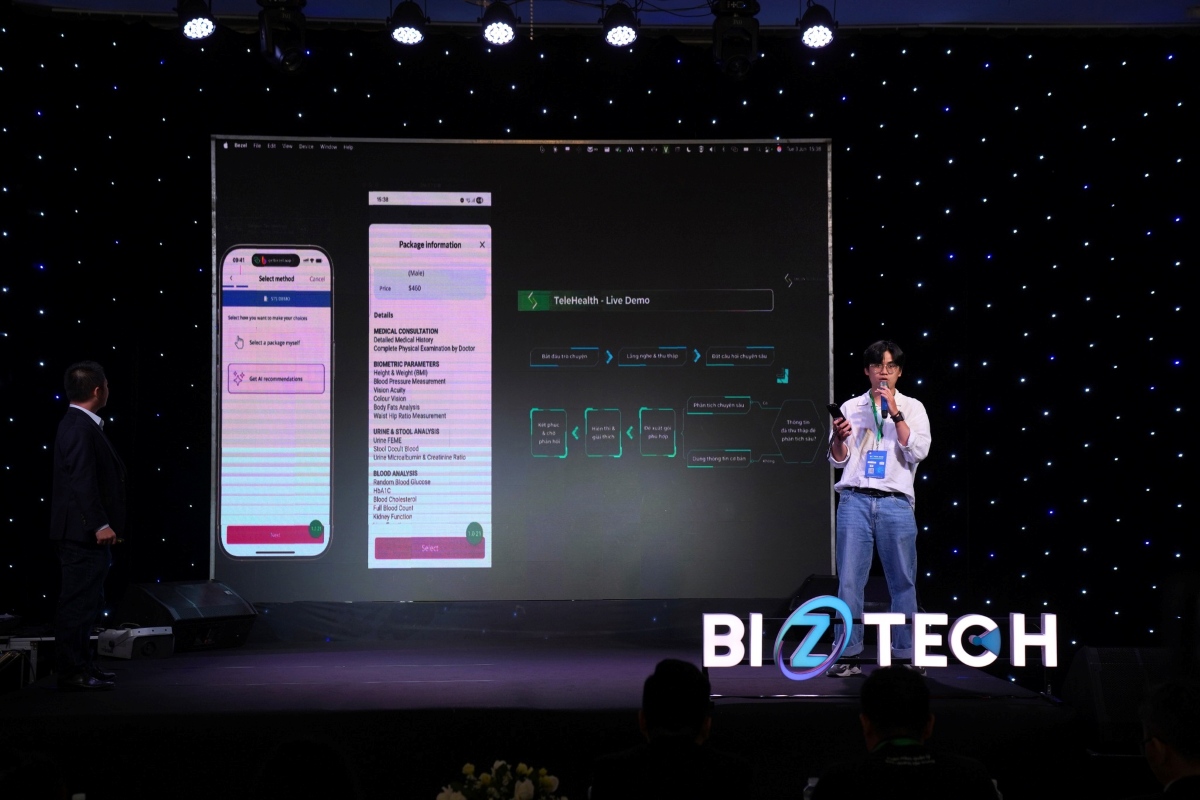
 AI & Computer Vision
AI & Computer Vision
AI is changing the healthcare software development industry. We use AI and computer vision to analyze medical images. The technology also helps us flag clinical risks fast. Doctors can then make diagnostic decisions in seconds, not hours. This way, US healthcare providers improve accuracy. AI-powered diagnostics reduce manual review time as well. Besides, they can scale specialist expertise across locations.
 Internet of Medical Things (IoMT)
Internet of Medical Things (IoMT)
Our teams connect medical devices, wearables, and sensors into secure IoMT ecosystems. Together, they support real-time remote patient monitoring. Hospitals can track their assets easily. Now, you get constant, useful data that improves outcomes. Another great thing is that you can cut down on readmissions and clinic visits.
 Cloud-Native & HIPAA-Aligned Architectures
Cloud-Native & HIPAA-Aligned Architectures
Our solutions obey HIPAA rules because we build them on leading HIPAA-aligned cloud platforms. This approach improves how well the system scales. We ensure its performance and resilience as well. Moreover, cloud-native design costs less for infrastructure. Cloud migration also makes it simple to add tools like AI, big data analytics, and remote care.
 Blockchain for Secure Health Data Exchange
Blockchain for Secure Health Data Exchange
We use blockchain solutions to improve data integrity and traceability. They help with EHR exchange, claims management, and clinical research. Then, users can receive approvals fast and access data securely. The key is that we always protect patient privacy and focus on regulatory compliance.
Our Process
Project Kick-Off
Before starting any custom healthcare software development project, we record your business goals. We also take note of your priorities and success metrics. This way, key stakeholders, from IT to clinical leaders, get on the same page. We follow the same project scope, timelines, and governance.
Business & Requirements Analysis
Our team maps your workflows and data flows. We stick to regulations like HIPAA, HITECH, and FDA. These criteria are functional and non-functional requirements. We also use them as user stories to form a high-level solution architecture.
Terms of a Contract Discussion
In the healthcare software development contract, we define the engagement model. It also involves the development team size, SLAs, pricing, and IP ownership. This phase aims to give you full transparency on cost and risks. In addition, we decide on delivery milestones and acceptance criteria before building the software.
Software Development
Our engineers develop custom healthcare software development solutions in fast Agile sprints. More specifically, we hold regular demos and update our task list. When developing the software, our team follows secure coding rules. The team also uses standards and tech stack specific to healthcare. Ultimately, your software can be robust, secure, and interoperable.
Testing and Quality Control
Our QC engineers run many types of tests, like functional, integration, performance, security, and usability tests. All are tailored for healthcare environments. Besides, we check for data accuracy and PHI security. Our QA team works on the system behavior under real-world clinical loads as well.
Software Deployment
Our DevOps team plans and executes with minimal disruption. In this phase, we coordinate the switch-over, data migration, and user setup. Right here, we handle software integrations, too. Your software can then integrate with your existing EHR/EMR, billing systems, and devices. The best thing is that we always have rollback and contingency plans ready.
Launch and Maintenance
After your software goes live, our engineers monitor to check if it is still stable. In this stage, we watch how users adopt the system. We also quickly fix issues and improve the software based on user feedback. Ongoing system maintenance keeps your solution secure and compliant. Over time, it still meets all clinical and business needs.
Our Insights
FAQs
What is healthcare software development, and why is it essential for medical institutions?


Healthcare software development is how we design, build, and maintain digital solutions that support patient care, clinical workflows, and hospital operations.
Medical institutions take custom healthcare software development seriously. The developed system helps them improve care quality. Healthcare automation of the software reduces admin burden. Moreover, telehealth and remote monitoring have become simpler and faster. Finally, it helps healthcare providers meet all strict government rules and reporting needs.
What types of custom healthcare software development solutions are available?


Custom healthcare software development solutions can be:
- Patient and provider portals
- EHR/EMR extensions
- Telehealth and virtual care platforms
- Remote patient monitoring systems
- Scheduling and billing tools
- Population health and analytics platforms
- Workflow automation for front-office and back-office operations
What kinds of features can be integrated into custom healthcare software?


Healthcare software development services are now so diverse that you can integrate many features into your software when needed. Here are the most common features:
- Secure patient registration and onboarding
- Appointment scheduling
- Telehealth visits
- E-prescribing
- Clinical documentation
- Task management
- Patient messaging
- Remote monitoring dashboards
- Billing and claims, reporting
- Role-based access control
- AI-driven decision support
- Image analysis
- IoMT device connectivity
- Medical AI chatbots
What is the average cost of custom healthcare software development?


US organizations often spend around $30,000–$60,000 for an MVP and up to $150,000 for an enterprise-grade solution. The cost of custom healthcare software development changes based on size and complexity. Plus, if you ask for integrations & analytics, expect to charge more. When working with Saigon Technology, we give you a detailed estimate after analyzing your requirements. This way, you can understand the total cost of ownership before committing.
How long does it take to develop and implement healthcare software?


A basic version (MVP) needs about 3 to 6 months to develop. Bigger platforms with many integrations may take 9 to 12 months. The implementation timeline depends on how complex the system is. You also need to consider the number of users, development team size, regulatory rules, and integration needs. Saigon Technology uses an Agile approach with frequent releases. Your team can then see results and get value early.
How do you ensure the security and compliance of the medical software you develop?


As a trusted healthcare software development company, Saigon Technology designs every solution with privacy and security by default. For example:
- We follow the best practices for encryption. Access control, logging, and secure coding also help us ensure PHI security.
- Our work aligns with HIPAA, HITECH, and, when applicable, FDA and industry standards.
- We support security assessments. Penetration testing and documentation will help you pass audits and internal governance reviews.
Can your healthcare software solutions integrate with existing systems or third-party applications?


Yes. Our healthcare software solutions include software integrations. We connect to major EHR/EMR systems. Our software can work smoothly with lab and imaging systems. Moreover, we use HL7, FHIR, and RESTful services to link to billing platforms, medical devices, and third-party APIs. Integration with healthcare systems can then reduce data silos. Clinicians can also have a unified view of patient data.


